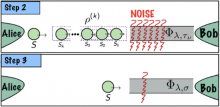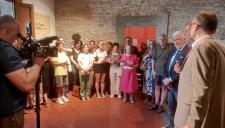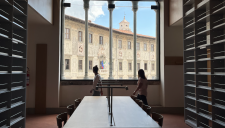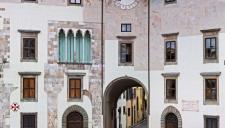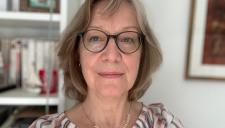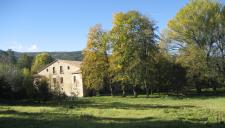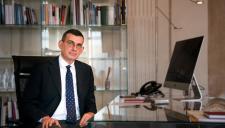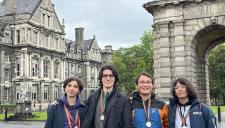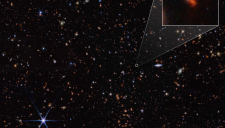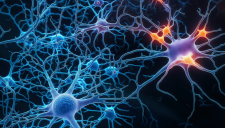A strategy to transmit quantum states over large distances in the absence of quantum repeaters has been proposed by the Quantum Information Group of the Scuola Normale Superiore coordinated by Vittorio Giovannetti.
PISA, 11 november 2022. Understanding how to transmit quantum states (qubits) over large distances is one of the main problems for the construction of the future "Quantum Internet", i.e. a technology that would guarantee, for example, secure communication, entanglement distribution, improvements in sensors (such as in astronomical observations and in clocks synchronization), and new experiments in fundamental physics.
The typical approach to address this problem is to use quantum repeaters, i.e. devices that are placed along the communication line to allow the transmission of qubits along it. However, the practical realization of such instruments is a complex challenge and currently only small-scale proof-of-principle experiments exist under ideal laboratory conditions. Furthermore, assuming that in the near future such devices can be built on a large scale, they will be expensive in terms of technological resources: it is therefore important to understand how to limit their use.
In a couple of recent works of the Quantum Information Group coordinated by Professor Vittorio Giovannetti, Francesco Anna Mele (PhD student of the Nanoscience course of the SNS), Professor Ludovico Lami (former student of the Scuola Normale Superiore and currently Assistant Professor at the University of Amsterdam), and Giovannetti propose a strategy to transmit qubits over large distances by limiting the use of quantum repeaters.
One of the papers has been published in the prestigious scientific journal Physical Review Letters.
The idea is to engineer the "memory effects" in optical fibers, i.e. effects that emerge when optical signals are input into an optical fiber separated by a sufficiently small time interval. The presence of "memory effects" implies that the noise, which disturbs an optical signal, is influenced by the previously sent optical signals. In the papers cited above, a "toy-model" is proposed to study such effects and promising results have been obtained in terms of quantum communication performances. The next developments of this research consist in studying these memory effects from an experimental point of view in order to formulate an increasingly realistic physical model and to determine its technological implications.

